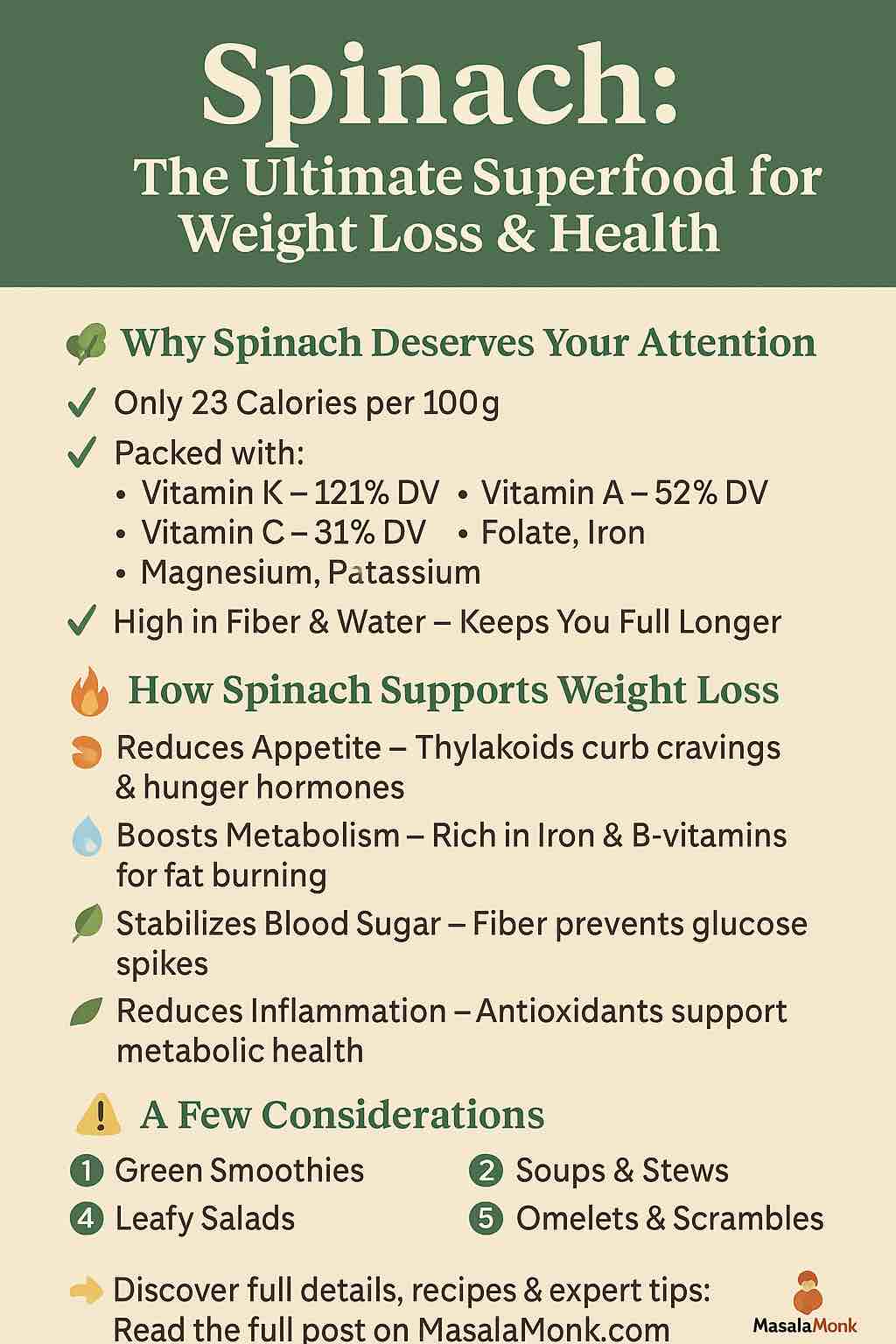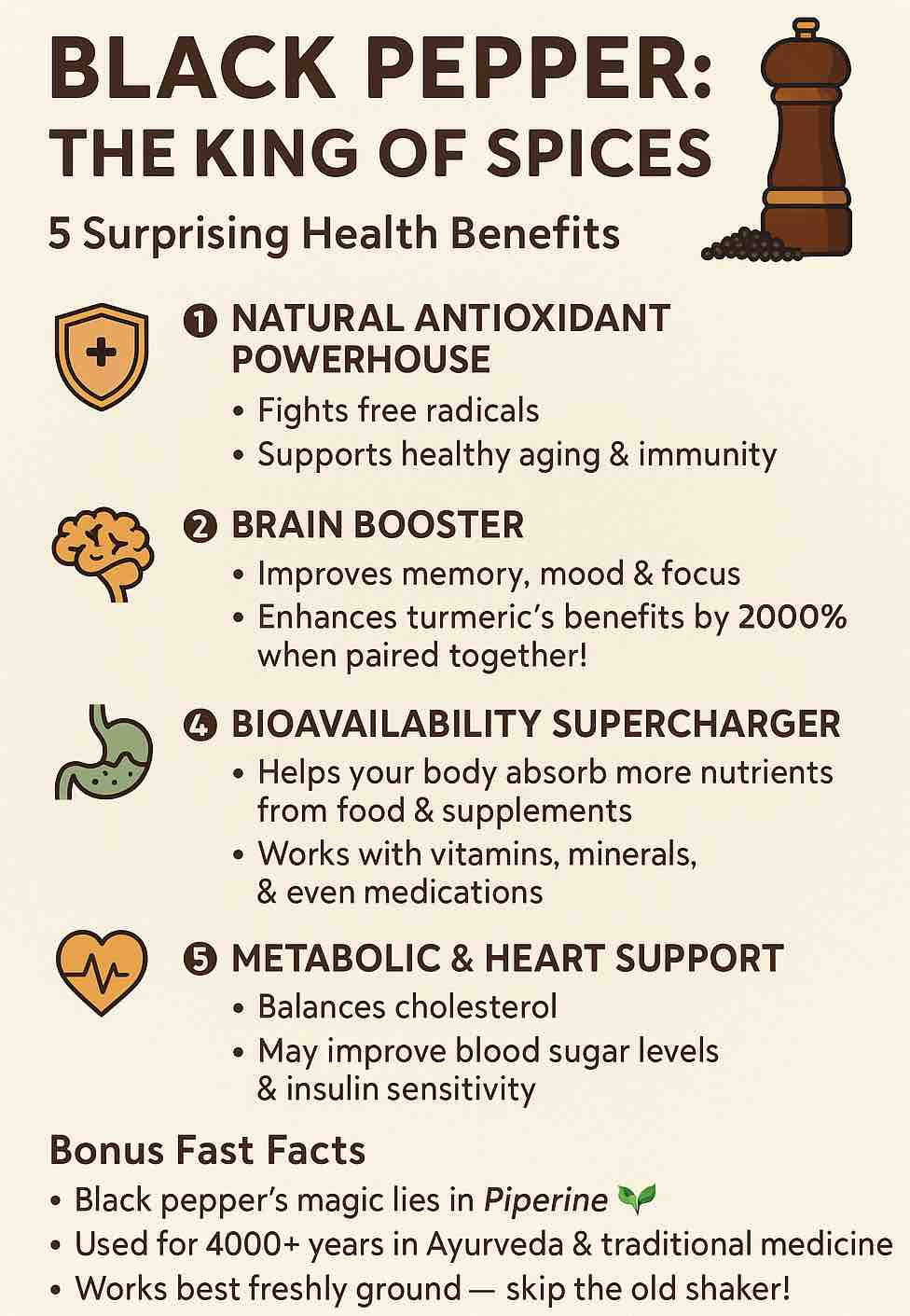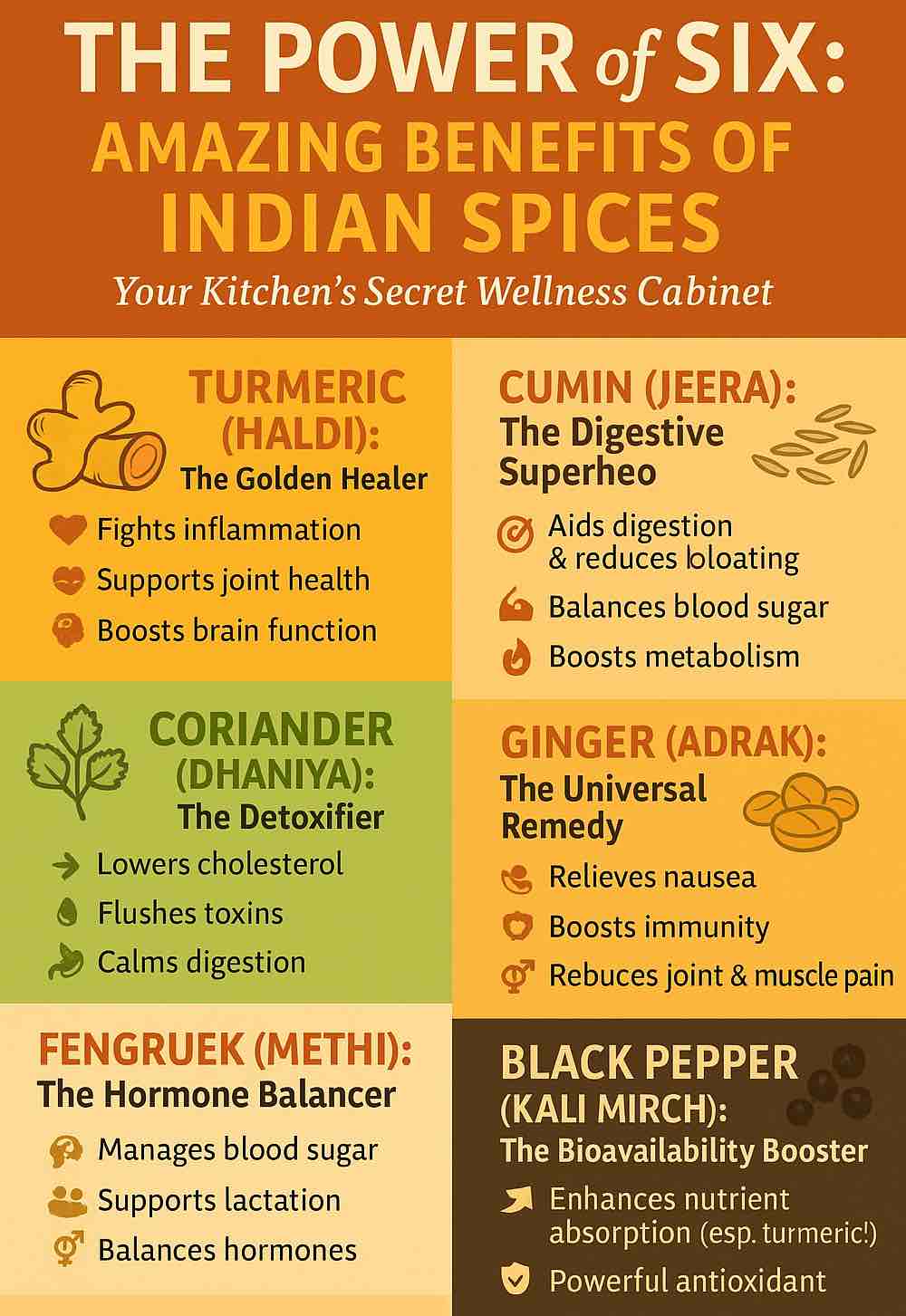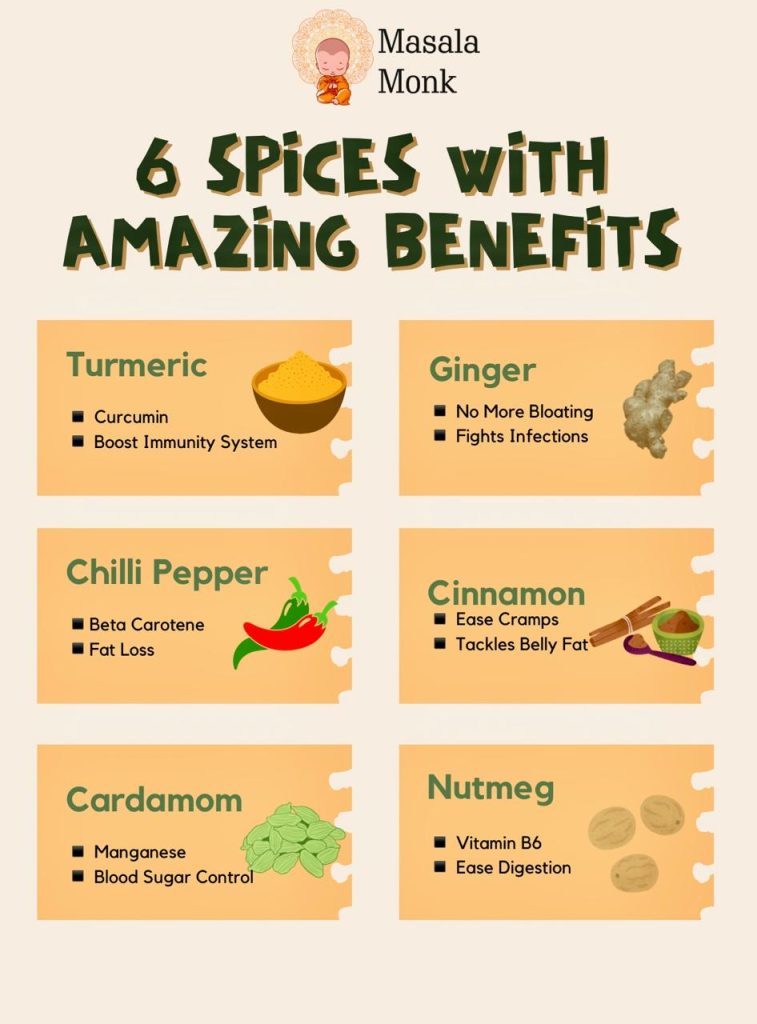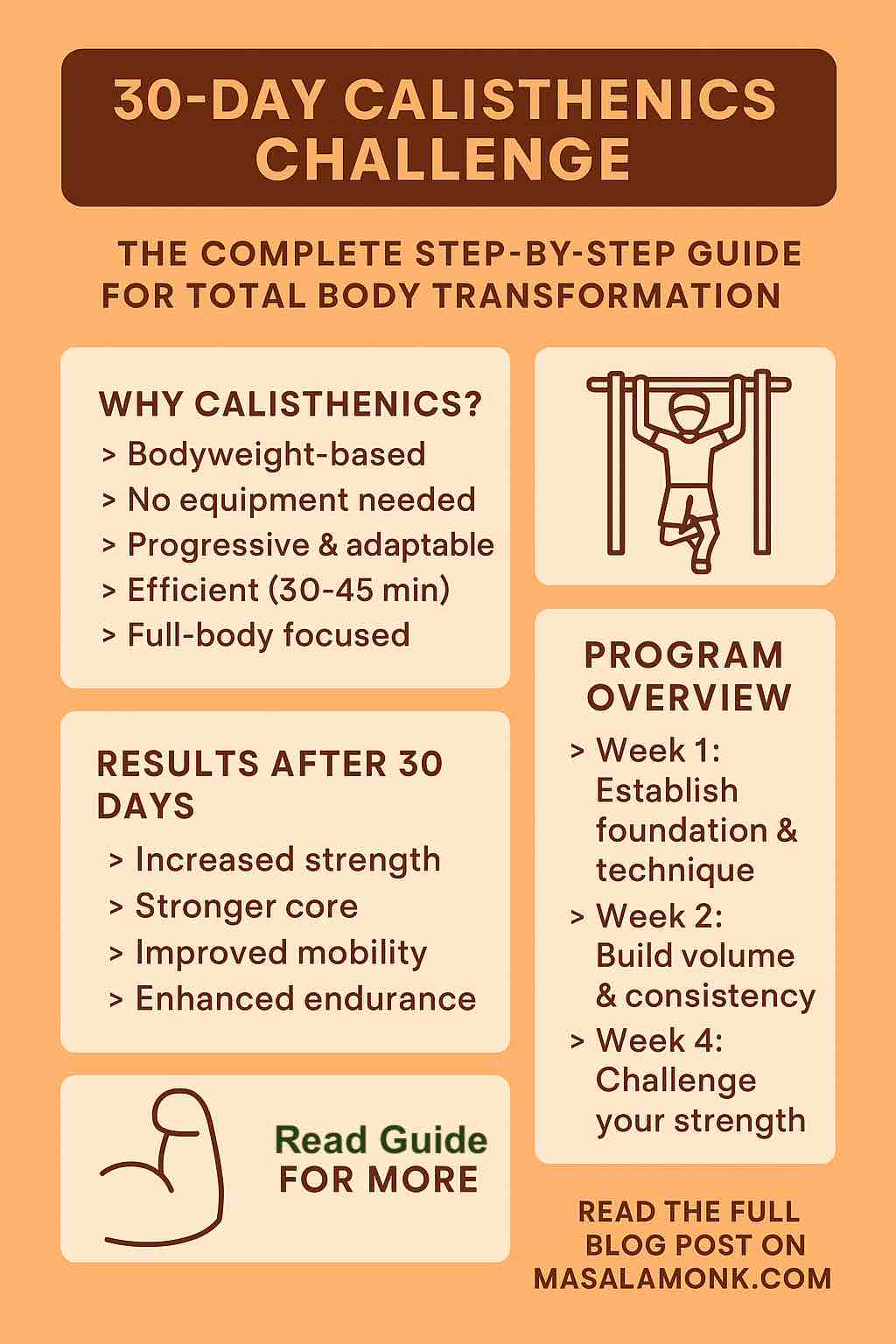
When you start looking for ways to build strength, mobility, and endurance without the need for expensive equipment or complicated routines, calisthenics stands out as one of the most effective methods available.
And if you’re like thousands of others searching for:
- “30 day calisthenics challenge”
- “30 day calisthenics workout plan”
- “calisthenics 30 day program for beginners”
— this guide is exactly for you.
In this post, we’ll walk through a complete, practical, and detailed 30-day calisthenics workout challenge, designed specifically for beginners to intermediate practitioners who want to see real results in just one month.
Why Choose a 30 Day Calisthenics Challenge?
Before we dive into the program, it’s important to understand why calisthenics works so well for body transformation:
- Bodyweight-Based: You’re training with your own body weight, which promotes balanced muscle development, joint health, and functional strength.
- No Equipment Needed: You can start right now — no gym, no machines, no excuses.
- Progressive & Adaptable: The exercises grow with you. As you build strength, you’ll naturally progress to more advanced variations.
- Efficient: Sessions can be completed in 30-45 minutes, making it easy to fit into a busy schedule.
- Full-Body Focused: You’ll target every major muscle group, while also improving flexibility and endurance.
Now, let’s get practical.
The Structure of the 30 Day Calisthenics Challenge
The program follows a progressive overload model, which means each week builds on the previous one — gradually increasing intensity, volume, and difficulty.
We’ll divide your 30 days into 4 weeks:
- Week 1 — Establish foundation & technique
- Week 2 — Build volume & consistency
- Week 3 — Introduce progressions
- Week 4 — Challenge your strength
Each week includes:
- 4 workout days
- 1 optional active rest day
- 2 full rest days
Weekly Breakdown
WEEK 1: The Foundation Phase
Focus: Learn proper form, engage muscles, avoid injury.
Workout Days: Full-Body Routine
Warm-up (5 mins):
- Jumping jacks (30 sec)
- Arm circles (30 sec)
- Leg swings (10 per leg)
- Dynamic lunges (10 reps)
- Wrist mobility (30 sec)
Main Workout (3 rounds):
- Push-Ups: 8-10 reps (knees or full)
- Bodyweight Squats: 15 reps
- Plank: 20-30 sec
- Glute Bridges: 15 reps
- Superman Hold: 20 sec
- Wall Push-Ups or Incline Push-Ups: 10 reps
- Bird Dog: 10 per side
Cool-down (5 mins):
- Forward fold (30 sec)
- Hip flexor stretch (30 sec per side)
- Chest opener (30 sec)
WEEK 2: Volume & Endurance Phase
Focus: Start adding volume to stimulate strength gains.
Workout Days: Full-Body Split
Day 1 & 3 – Upper Focus
- Standard Push-Ups: 10-12 reps
- Assisted Pull-Ups or Rows: 5-8 reps
- Pike Push-Ups: 8-10 reps
- Triceps Dips (bench or floor): 10-12 reps
- Side Plank: 20 sec per side
- Leg Raises: 10-15 reps
Day 2 & 4 – Lower & Core Focus
- Bodyweight Squats: 20 reps
- Lunges: 10 per leg
- Glute Bridges: 20 reps
- Calf Raises: 25 reps
- Plank Shoulder Taps: 10 per side
- Russian Twists: 20 reps
Cool-down: Same as Week 1.
WEEK 3: Progression & Strength Phase
Focus: Introduce slightly more challenging variations.
Workout Days: Upper/Lower Split
Day 1 & 3 – Upper Body Strength
- Decline Push-Ups: 10 reps
- Negative Pull-Ups or Full Pull-Ups: 4-6 reps
- Pike Push-Ups: 10 reps
- Dips (more range): 10-12 reps
- Hollow Body Hold: 20-30 sec
- Side Plank Reach Through: 10 reps
Day 2 & 4 – Lower Body Strength
- Bulgarian Split Squats: 10 per leg
- Jump Squats: 10 reps
- Glute Bridges (single leg if possible): 10 reps
- Calf Raises (weighted if possible): 20 reps
- Plank with Arm Lift: 30 sec
- Reverse Crunches: 15 reps
Cool-down: Extend stretches to 1 min holds.
WEEK 4: Max Effort & Skill Phase
Focus: Test limits, increase strength, refine form.
Workout Days: Advanced Full-Body
Day 1 & 3 – Strength & Control
- Diamond Push-Ups: 12-15 reps
- Pull-Ups: 5-8 reps
- Elevated Pike Push-Ups: 8-10 reps
- Triceps Dips: 12-15 reps
- Hollow Body Rocks: 20 reps
- Side Plank with Leg Raise: 10 per side
Day 2 & 4 – Power & Mobility
- Pistol Squats (assisted): 5-8 per leg
- Jump Squats: 15 reps
- Glute Marches: 20 reps
- Wall Handstand Hold (against wall): 10-20 sec
- Plank to Elbow: 15 reps
- V-Ups: 15 reps
Cool-down: Full body stretching routine, 10 minutes.
What to Expect After 30 Days
By the end of this challenge, you can expect:
✅ Increased upper and lower body strength
✅ Stronger core and better posture
✅ Improved mobility and flexibility
✅ Boosted stamina and work capacity
✅ Solid foundation for advanced calisthenics skills
Realistic Notes Before You Start
- You won’t become an elite calisthenics athlete in 30 days — but you will build the foundation that makes advanced training possible.
- Progress will depend on your starting point — beginners will see more noticeable gains in strength, coordination, and endurance.
- Consistency is king. Missing workouts will slow down progress. Stick to the plan.
Common Mistakes to Avoid
- Rushing progressions before mastering form.
- Skipping rest days and overtraining.
- Poor nutrition and inadequate hydration.
- Not tracking reps and sets to monitor improvement.
After The 30 Days: What’s Next?
- Skill Work: Start learning handstands, L-sits, muscle-ups.
- Strength Progressions: Move to harder push-up, pull-up, and squat variations.
- Mobility Work: Incorporate regular stretching and joint mobility drills.
- Join a Community: Calisthenics communities online can keep you motivated.
Inspiration Credit
This 30-day calisthenics challenge is inspired by tried-and-tested protocols, including insights from the Calisthenic Movement 30-Day Program. You can check out their excellent video guide here for demonstrations and additional instruction.
Final Thoughts
The 30 Day Calisthenics Challenge isn’t a gimmick or quick-fix — it’s a structured approach to get stronger, move better, and build confidence in your body. With proper technique, consistency, and patience, you’ll be amazed at how far you can progress using just your bodyweight.
👉 Bookmark this page, print the workouts, track your progress — and let’s get started.
🔥 10 FAQs for 30-Day Calisthenics Challenge
1️⃣ Is this 30-day calisthenics challenge suitable for complete beginners?
Yes. This program is specifically designed for beginners, starting with basic movements and gradually increasing intensity each week. It emphasizes learning proper form before progressing to more advanced variations.
2️⃣ Do I need any equipment to complete this challenge?
No equipment is required to start. However, having access to a pull-up bar or resistance bands can be helpful for certain pulling exercises, but you can substitute with bodyweight rows or assisted movements.
3️⃣ How long will each workout take?
Most workouts will take 30 to 45 minutes, including warm-up and cool-down. As you advance in the later weeks, sessions may extend slightly depending on rest time between sets.
4️⃣ Can I modify the workouts if I find them too easy or too hard?
Absolutely. The program is designed to be scalable. If exercises feel too easy, increase reps, sets, or use more advanced variations. If too difficult, reduce reps or substitute with regressions to match your current ability.
5️⃣ Will this challenge help me lose weight?
Yes — if combined with proper nutrition. Calisthenics burns calories, builds lean muscle, and improves metabolism, but weight loss primarily depends on maintaining a calorie deficit through balanced diet and exercise.
6️⃣ Can I repeat the 30-day challenge after completing it?
Yes, repeating the challenge is a great idea. On your second round, you can push for harder variations, more reps, or reduced rest periods to continue progressing.
7️⃣ What if I can’t do pull-ups or push-ups yet?
That’s normal for many beginners. You can start with assisted pull-ups (bands, chair support, or rows under a table) and incline or knee push-ups to build strength progressively.
8️⃣ What should I eat during the challenge?
Focus on whole foods: lean protein (chicken, fish, tofu), complex carbs (rice, oats, quinoa), healthy fats (avocados, nuts), and plenty of vegetables. Stay hydrated and avoid processed, high-sugar foods.
9️⃣ Will this challenge help me build muscle?
Yes — especially for beginners, calisthenics is highly effective at building functional, lean muscle across the entire body. Over time, progressive overload will continue to drive muscle growth.
🔟 Can I do this challenge alongside other forms of exercise?
Yes, but monitor your recovery. Light cardio, yoga, or mobility work can complement the program. Avoid heavy weightlifting or intense workouts that might cause overtraining during this challenge.


